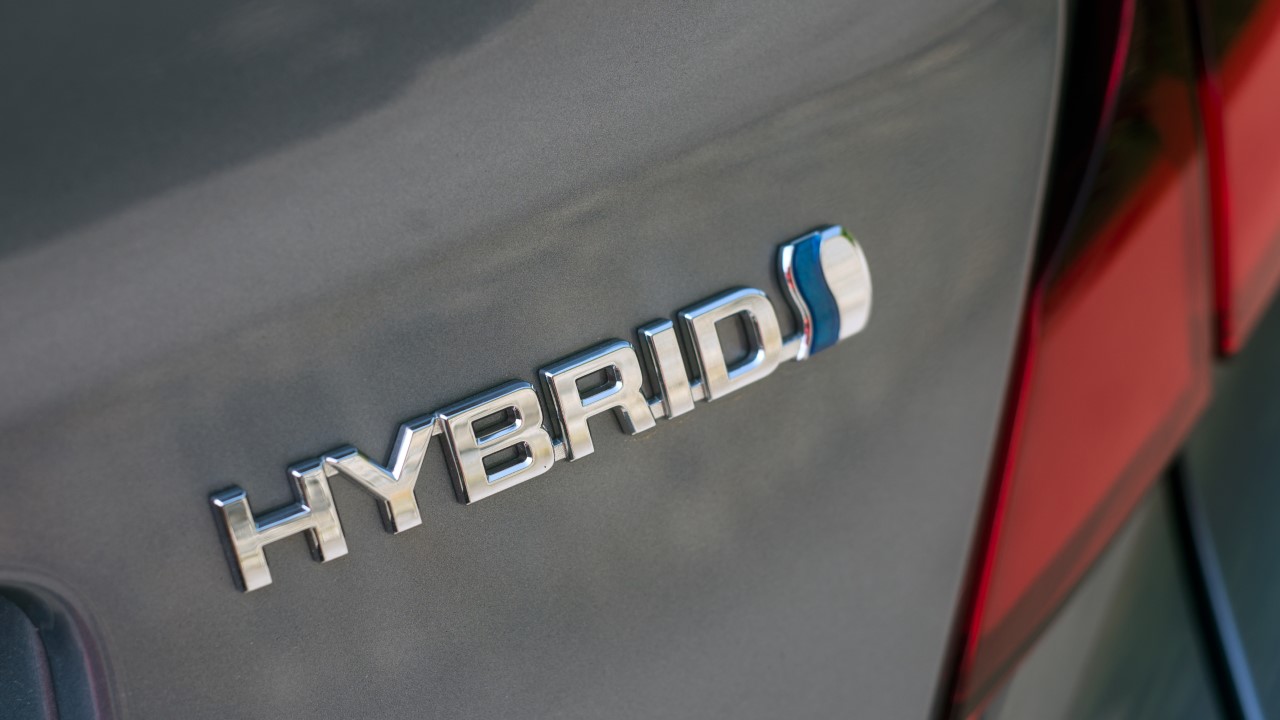13 Dirty Truths About Hybrid Cars Everyone Should Know

EV sales have taken a plunge in 2024, and we’ve now reached a point where some carmakers, such as VW and Mercedes, are rerouting part of their EV budgets to focus on ICE cars.
On the other hand, hybrid sales grew five times faster than EV sales in February. It’s easy to see why Hybrids are so popular right now, as they offer the best of both EV and ICE cars, such as savings at the fuel pump without any range anxiety.
While hybrids are commonly viewed as a stepping stone toward EVs, there are some dirty truths about them that everyone should know.
Battery Production

Hybrids, like EVs, use lithium-ion batteries, and heavy-duty mining equipment is needed to extract the metals required to produce them. Needless to say, mining has a huge impact on nature and the environment.
Producing one ton of lithium can apparently require as much as 2.2 million liters of water, which can strain local water supplies and have a huge impact on surrounding communities and ecosystems. Chemicals used during extraction and processing can also contaminate water sources when they enter the soil and groundwater.
Batteries Are Expensive To Replace

EV/hybrid car batteries usually come with a warranty of 8–10 years or 100,000–150,000 miles, whichever comes first. While they may last much longer than that, there will be a point when they’re done and need to be replaced.
While hybrids have smaller batteries than EVs, they’re not cheap. Prices start around $1,200 for a small sedan or hatchback battery and can cost over $3,000 for an SUV. It’s not like people will change these at home, either, so you need to add labor.
Battery Recycling

We know EV batteries can be recycled at the end of their life cycle. However, it’s not a simple process, and it’s also costly.
Right now, few companies are willing to recycle used lithium-ion EV batteries, and there’s also not a huge demand for it. That means it’ll be a while before someone figures out how to do it on a scale large enough to be both cost-effective and have a significant and positive environmental impact.
Hybrids Have a Higher Purchase Price

Hybrid cars are generally more expensive than the gas-only version of the same car, so they may be out of reach for those on a tight budget. However, they are still cheaper than EVs.
Some owners justify spending the extra money because they’ll save money at the pump. Unfortunately, it can take several years before they actually make that money back, and that’s provided they don’t change cars every couple of years.
Fossil Fuel Dependence

Buying a hybrid vehicle to lessen your carbon footprint is a valid reason, but it requires you to rely mostly on battery power.
Driving a hybrid usually means you’ll still partially rely on fossil fuel. While it eliminates range anxiety, it does emit C02 into the atmosphere. Factor in the battery manufacturing process, and you now have a vehicle that potentially pollutes more than an EV or ICE.
Power and Performance

While some hypercars use hybrid technology, they are engineered specifically to move at mind-blowing speeds. Your average hybrid everyday car is designed to improve fuel efficiency, so it often has a small gas engine and battery. While it has many of the same components as high-performance models, they are not the same.
The added weight of the battery and electric motor, coupled with the focus on efficiency and economy, means it’ll often be slower than a traditional ICE vehicle. Its extra pounds will also impact handling, making a hybrid less agile than its ICE counterpart.
Potentially Higher Maintenance Costs

When everything works as it should, or if it’s a hybrid vehicle that’s still covered under warranty, maintenance costs will be roughly the same as for an ICE vehicle. That’s still more than EV maintenance will set you back.
In cases where the vehicle is no longer covered under warranty, things can become very expensive! If you don’t want to take the car to the dealership, finding an affordable mechanic who knows how to work on it can also be a problem.
Poor Highway Fuel Economy

Hybrids excel in the city. There, it can run almost exclusively on battery power, and even if the ICE is used, it will see a significantly lower fuel consumption than a gas-only car.
However, once you take it to the highway, the hybrid’s fuel consumption will increase drastically — the opposite of what happens in an ICE vehicle. The hybrid’s highway MPG is comparable to a fuel-efficient ICE car. This is because the hybrid will predominantly use its gas engine, which often needs to be worked harder since it’s less powerful and the vehicle is heavier than an ICE model.
Hybrids Aren’t for Everyone

That brings us to individual needs. We’re told hybrids are more environmentally friendly than ICE cars, but as we’ve seen, that’s not necessarily the case if you do a lot of highway miles.
If you mainly drive to the grocery store once a week and only cover short distances, paying a premium for a hybrid may not be worth it either. For a hybrid to benefit both the environment and your wallet, you need to cover a decent amount of miles, with much of it being in the city or stop-and-go traffic.
Towing and Hauling

Gasoline and diesel engines are viable options if you need a vehicle to tow and haul heavy stuff. Even some new EVs, such as the Ford Lightning, Rivian, and Cybertruck, are capable of this.
Because they often have smaller internal combustion engines, most hybrids are not suitable for towing — at least not regularly. A Toyota Prius has a max towing capacity of 1,600 lbs, while the Yaris, with a 1.5-liter, can tow just over 2,300 lbs.
Higher Insurance Premiums

Hybrids tend to be more expensive to insure than traditional ICE vehicles. This makes sense, as they cost more to buy and have more technology.
Insurance claims and repair costs are higher, so insurance companies will charge you more. Expect to pay between 6% and 12% more to insure a hybrid than the ICE version of the same car.
Temperature-Sensitive Batteries

The batteries found in EVs and hybrids aren’t fond of extreme temperatures. If it’s too hot, it will speed up battery degradation; when it’s too cold, the range will be negatively affected.
Cold temperatures can also lead to slow charging times in PHEVs and EVs, and hybrid batteries may require more time to reach operating temperature — directly affecting fuel consumption as the gas engine will be used.
Flash in the Pan?

While Toyota revolutionized the automotive world with the hybrid Prius, things have come a long way since then. The EU and some American states want to ban ICE vehicles in the near future, including hybrids that rely on an internal combustion engine.
In addition, there are full EVs, e-fuels, and hydrogen fuel cells, and we might see one or even all of these being used in the future. Hybrids may soon be phased out as they’re replaced by more efficient cars running newer technology.





